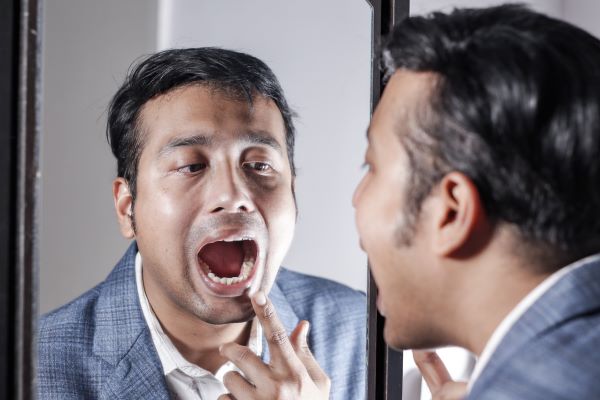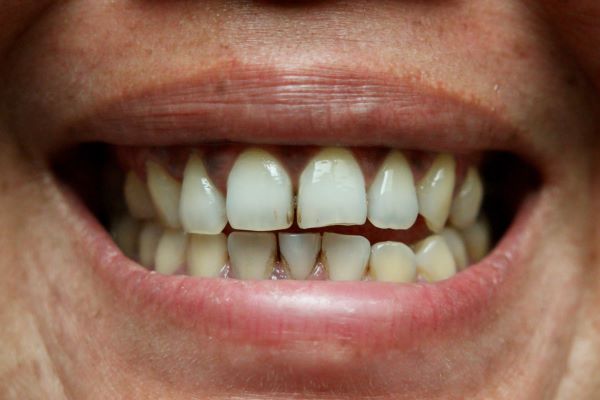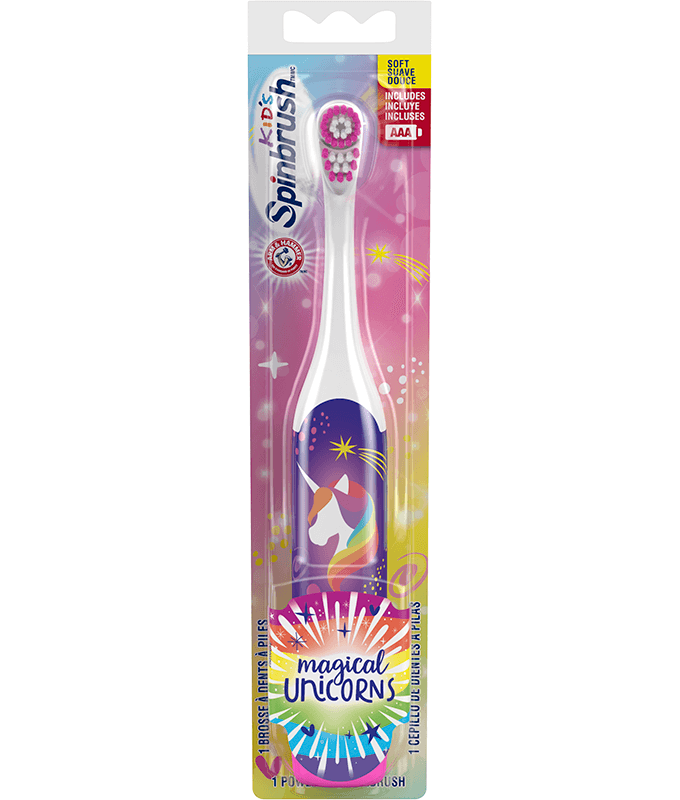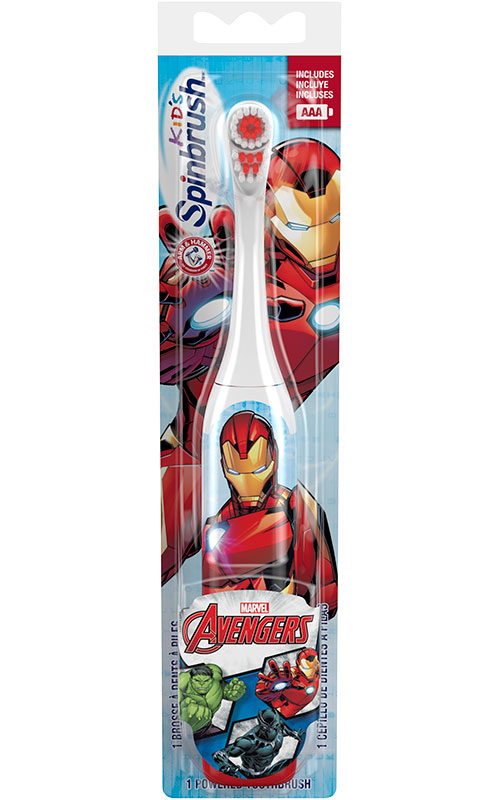What You Need to Know About Brown Stains on Teeth

You probably wish you could keep your teeth clean and shiny forever. Indeed, with consistent care and strong oral hygiene, you have a better chance of maintaining those pearly whites! Still, it’s not uncommon for your chompers to take on a different tint because of the foods you eat, certain personal habits or even genetics. But what if you discover brown stains on your teeth?
Let’s talk about the causes of brown stains on teeth and what can differentiate between a brown spot on a tooth compared to sudden stains between the teeth or on the gum line. We’ll also discuss what you can do to help remove brown stains or when you might need to seek additional dental care.
What Causes Brown Stains on Teeth?
Brown stains on teeth often come from the foods and drinks you consume, plus other things such as tooth decay, aging and even your gene pool. Brown stains can happen naturally from eating, drinking or smoking, or they could be early signs of cavities.
Here are some reasons why you might find brown spots on your teeth and how to help know what the cause of your brown stain might be:
1. Foods and Beverages
Consistently consuming dark and juicy fruits or sugary drinks can lead to tooth discoloration and staining . Some of these culprits can include:
- Coffee and tea
- Red wine
- Soda, notably colas
- Fruits like blueberries, blackberries and pomegranates
So, your morning routine might include a full brew of coffee. Perhaps you enjoy a nice glass of red wine in the evening. That’s all well and good, so long as you’re brushing and flossing to help remove the occasional stains and not let them linger!
The same goes for your kids when they have sugary drinks or the above fruits. It’s a good reminder to teach the kiddos how to brush at a young age so they can still get the nutrients from these foods and limit staining.
2. Nicotine & Alcohol Use
Nicotine use can cause brown stains on teeth from tobacco. So, if you smoke cigarettes, you may discover discoloration around the gumline, particularly if you’ve been a smoker for a long period of time. Vaping or using electronic cigarettes with nicotine cartridges can also contribute to brown spots or lines on teeth.
Additionally, drinking darker liquors may cause brown stains. If you prefer an old fashioned or a cognac for your weekend nightcap, make sure to brush and floss your teeth after!
3. Tooth Decay
Here’s where we differentiate brown spots on teeth, as opposed to brown stains. Bacteria produce plaque acids after you eat or drink. If you don’t brush and floss regularly, those acids can wear down your tooth enamel and cause decay, which may result in brown spots on a single tooth (or multiple teeth) and possibly cavities .
4. Tartar
As previously mentioned, plaque that goes untreated can harden and form tartar. Tartar on teeth can be yellow, brown or even black , causing stains along the gumline. Note that cavities are often brown or discolored spots that may occur anywhere on your tooth, while tartar buildup may darken enough over time that brown stains seem to suddenly appear on the gumline or in between your teeth.
Brown lines along the gum are not something you can remove at home or on your own. Consult a dentist if you’re wondering how to deal with tartar on teeth and to check if you may have a cavity.
5. Mouth Trauma
Any physical injury to your teeth or gums can damage the nerve within your teeth and make the tooth appear brown. However, a damaged or chipped tooth can be more vulnerable to enamel erosion, so you may also spot brown staining.
6. Aging
Your teeth can get discolored or appear more yellow or brown or gray over time. This happens from surface staining from food, drink or tobacco use. Additionally, your dentin—the layer of material lying underneath the enamel of each tooth—darkens over time, while your enamel begins to thin. As such, the brown lines on your teeth may grow more prevalent.
Some toothpastes, like ARM & HAMMER™ Enamel Defense Toothpaste, help strengthen or remineralize your enamel. If you notice more staining as you age, consider switching to a toothpaste that can help defend and revitalize your enamel.
7. Genetics
Your gene pool can, in some cases, determine just how white your teeth appear. People with celiac disease, for example, may have dental enamel defects that cause brown stains on teeth, especially in children.
In the event your discoloration stems in part from genetics, your dentist may have recommendations or cosmetic solutions in mind. Reach out to a medical professional for further consultation.
What Are Symptoms to Look Out for with Brown Stains on Teeth?

Some brown stains on teeth may be relatively harmless. Others may be a sign of something more severe. For example:
- Tooth pain or sensitivity could be signs of a cavity, as is bad breath .
- Brown spots accompanied by bleeding or sore gums may point to gingivitis.
Regular brushing, flossing and dental cleanings can help protect your enamel and prevent brown stains on teeth. However, if you spy brown spots or the above symptoms persist, call your dentist and set up an appointment.
How do You Remove Brown Stains on Teeth?
You may be able to remove brown stains on teeth by brushing with a soft-bristled toothbrush and an ADA-approved toothpaste containing fluoride. Baking soda toothpastes are also known to help whiten teeth and help remove brown stains.
Take a look at some of the following tips to help remove brown stains for a refreshed set of teeth.
1. Use Baking Soda to Help Whiten Teeth
Baking soda is an effective teeth whitener and stain remover. You can make a DIY paste with baking soda and water or hydrogen peroxide or add it to your brushing routine with your regular toothpaste.
Break out the ARM & HAMMER™ Baking Soda and use it a couple times every other week to help get rid of brown stains along the gumline.
2. Exhibit Proper Brushing Techniques
Even if you’re brushing on a daily basis, you want to make sure you’re brushing the right way. Brushing your teeth too hard or too often can damage your teeth and gums and contribute to enamel erosion.
Brush twice a day using a pea-sized amount of toothpaste , and make sure you brush with gentle and circular motions along the gumline and reach back to your wisdom teeth (third molars). Avoiding overbrushing can help protect the health of your teeth and gums while removing stains.
3. Brush with a Low-Abrasive Toothpaste
Strongly abrasive toothpastes can erode your enamel and cause your teeth to appear stained yellow or brown as the tooth dentin color shows through. So, you want to use toothpastes with less abrasive ingredients , like baking soda, to help remove plaque and reduce the risk of hastened enamel erosion.
4. Choose a Toothpaste that Whitens Teeth and Fights Plaque!
Seeing as you should already be on the lookout for a toothpaste with low abrasivity, choose an ARM & HAMMER™ Toothpaste! They are made with baking soda and can help whiten teeth while working to neutralize plaque acids and remove brown and other stains:
- ARM & HAMMER ™ Advanced White™ Extreme Whitening Toothpaste uses baking soda, peroxide and Stain Defense™ Technology to whiten teeth, gently remove stains and control tartar.
- ARM & HAMMER™ Sensitive Toothpaste helps relieve tooth and nerve sensitivity and gently whitens teeth with baking soda while helping to protect your enamel.
- ARM & HAMMER™ Complete Care Whole Mouth Protection Toothpaste offers a deep clean throughout your mouth, in between teeth and along the gum lines. It gently whitens your teeth and removes up to 3X more plaque in hard-to-reach areas.*
*Compared to a leading toothpaste
If you’re concerned about sudden brown stains forming on your gumline, try one of these ARM & HAMMER™ Toothpastes to gently whiten teeth and remove stains while helping protect your enamel!
ARM & HAMMER™ Toothpastes Can Help Get Rid of Brown Stains on Teeth
Don’t let the occasional brown stain or discoloration ruin your gorgeous smile! Make sure you’re getting the proper dental care, whitening your teeth with baking soda, and using an ARM & HAMMER™ Toothpaste to remove brown stains on your teeth so you can confidently flash those pearly whites!

